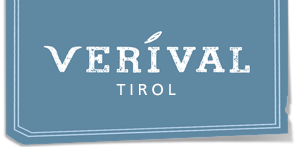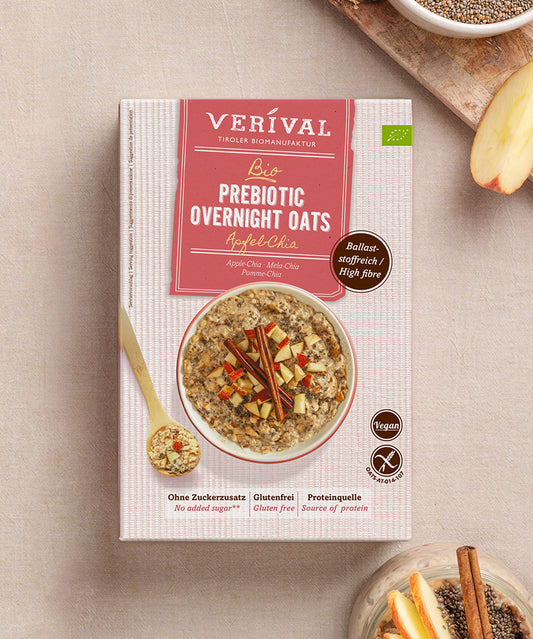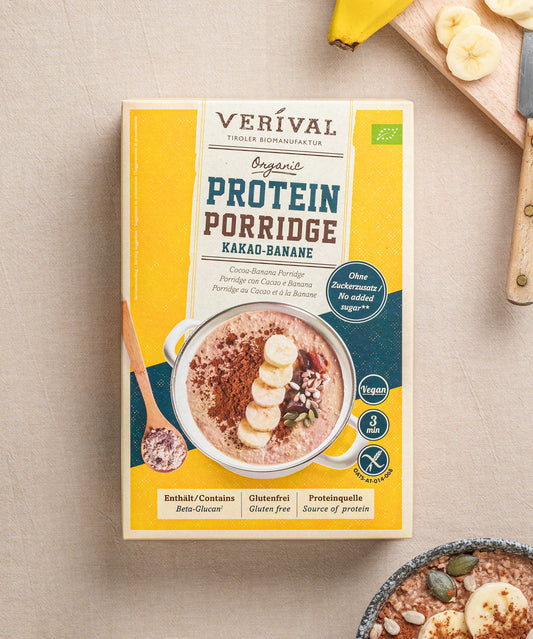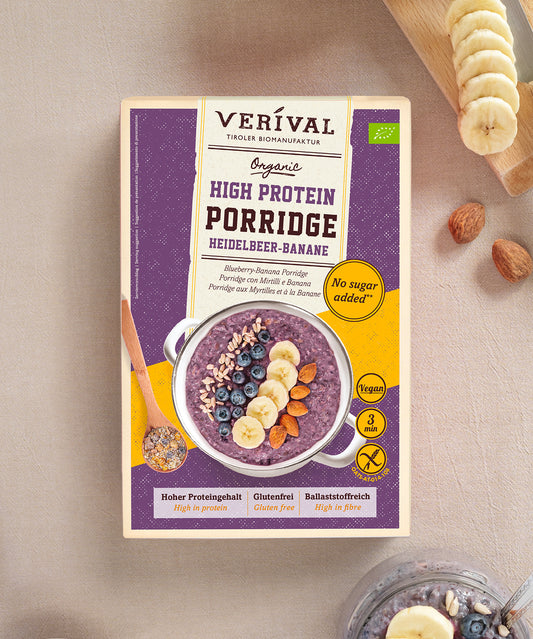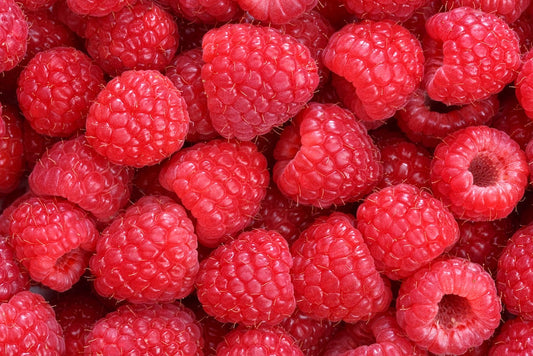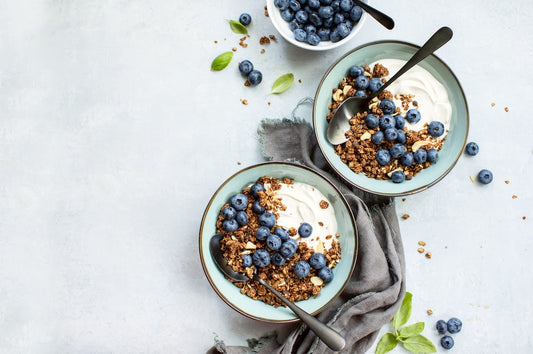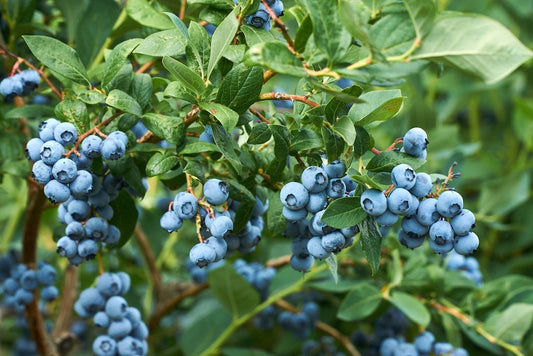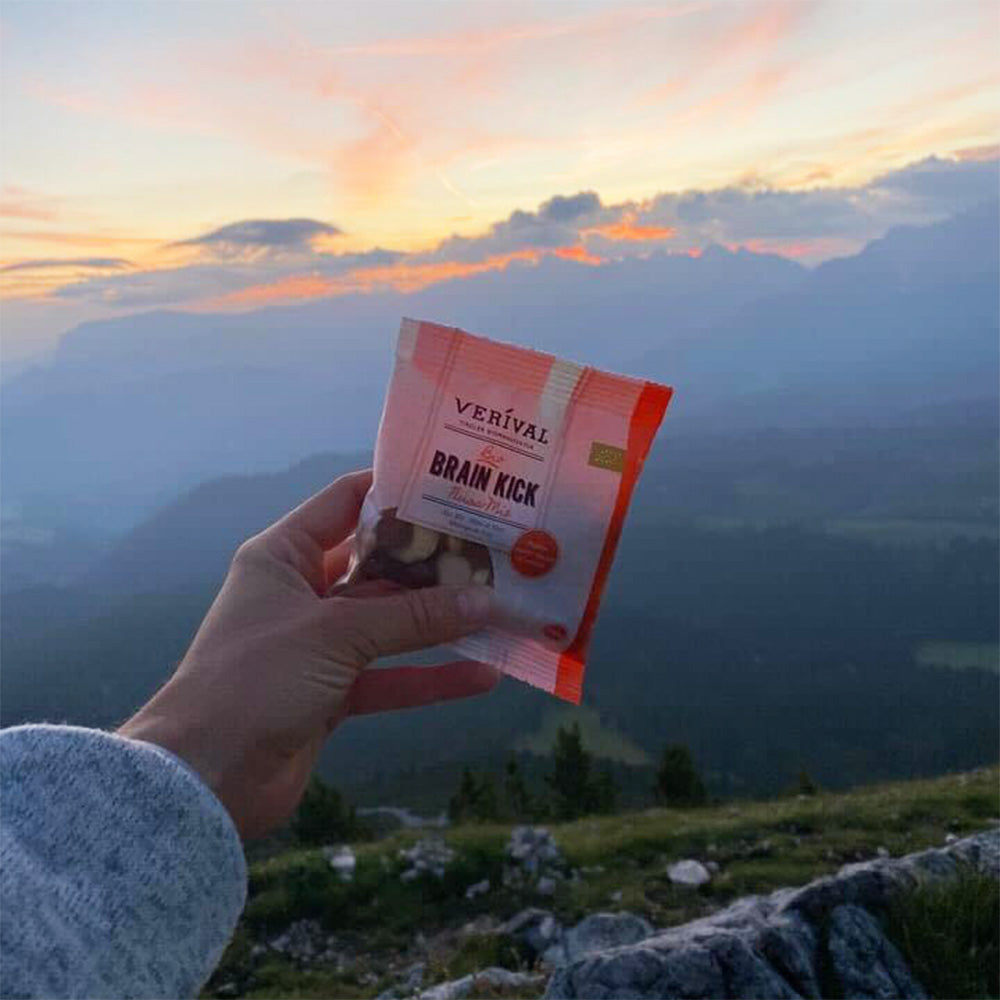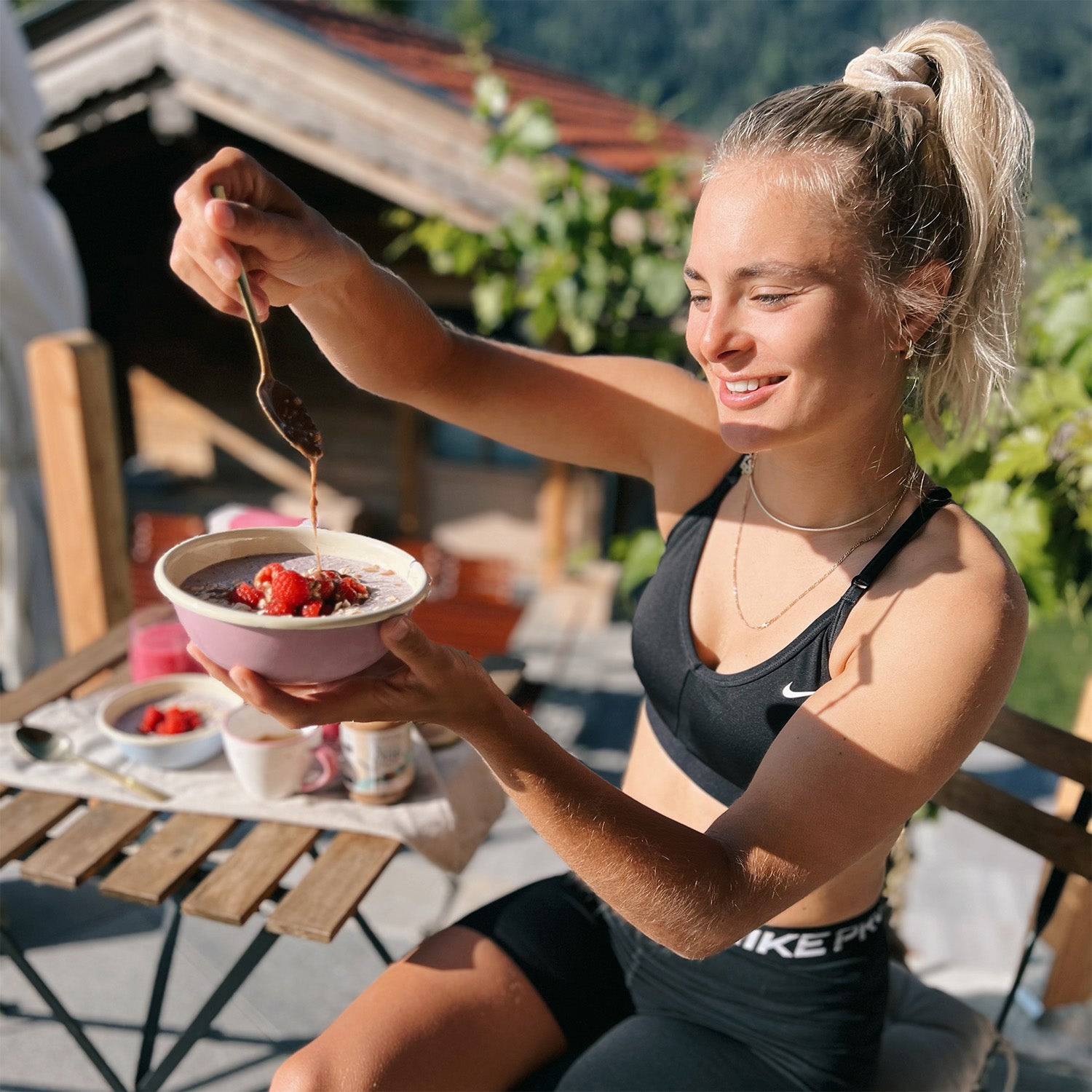If you want to learn more about superfood oats, you will inevitably come across the question of whether oats contain gluten or not. Opinions differ on this question and there are various articles about it online. Especially for people who suffer from gluten intolerance, also known as coeliac disease, it is important to know which cereal products contain gluten and which do not.
We have already looked at the grain oats in detail and would now like to clarify the following questions: is oats gluten-free or not? Can oats be consumed without hesitation by people with gluten intolerance? How is gluten-free oats produced?
Do you already know the gluten-free breakfast products from Verival?
Is oats gluten-free – yes or no?
By nature, oats are gluten-free. However, conventional oats are grown in fields where gluten-containing cereals are also grown. In addition, a combine harvester is used to harvest the oats, which is also used to harvest the gluten-containing cereals.
The oats may also come into contact with gluten during transport, storage and further processing in production if these are not thoroughly cleaned beforehand. This contamination of oats with gluten-containing grains means that oats are not automatically gluten-free unless they undergo a strict planting, harvesting, and processing process. You can read more about how gluten-free oats are produced later in this article.
Can I eat oats if I have coeliac disease?
Coeliac disease is an autoimmune disorder in which the consumption of gluten, a type of protein found in wheat, causes an inflammation of the small intestinal mucosa. People with gluten intolerance should therefore eat as little gluten as possible – or even a gluten-free diet. Consequently, if you suffer from gluten intolerance/coeliac disease, you should not eat conventional gluten-containing oats.
Fortunately, there is now a wide range of gluten-free oats and oat products that are also labelled as gluten-free and produced according to strict guidelines. So if you suffer from gluten intolerance, you can eat oats, you should just make sure that the oats and oat products carry the ‘gluten-free’ seal. If in doubt, you should definitely consult a doctor, as there are also people who cannot tolerate gluten-free oats.
How can I tell if oat products are gluten-free?
In principle, oat flakes contain small amounts of gluten and are therefore not completely gluten-free. If you want to be sure that an oat product is gluten-free, you should choose products that are explicitly labelled as gluten-free. You can easily filter our gluten-free breakfast products in our online shop.
To the gluten-free Verival products
From cultivation to the finished product – the journey of gluten-free oats
To ensure that the oat flakes in our gluten-free porridges and mueslis are guaranteed gluten-free, the oat plant is produced gluten-free from seed. This means that special gluten-free oats are grown for products made from gluten-free oats. This involves a number of steps, but it is worth the effort. First of all, the seed is tested for contamination with gluten-free cereals. When selecting the area for growing the oats, it is ensured that no gluten-containing cereals were grown as a previous crop on the area and the areas are ploughed.
During vegetation, the field is checked and, if necessary, the gluten-containing cereals are removed. It is also important that the oat products are processed gluten-free. Therefore, a specific harvesting technique is used: the combine harvester is cleaned very thoroughly and the gluten-free oats are transported separately in a combine harvester tank and also stored separately. In addition, the harvested oats are transported exclusively in washed trailers.
The oats are only stored in boxes to prevent any subsequent mixing through conveyor routes. The gluten-free oats are loaded directly from the box onto a washed lorry using a forklift truck and a washed shovel. If the harvested oats need to be dried, the drying plant must also be cleaned accordingly.
Precautions also need to be taken when the product is delivered and during processing at our production site. Furthermore, the processing of the gluten-free oats only takes place in a gluten-free facility. Before we can produce a gluten-free product, we have to perform a complex gluten cleaning to ensure that the limit is adhered to. This cleaning takes about 2-3 hours.
What does the ‘Gluten-free’ seal mean?
Gluten-free products must have a gluten content below 20ppm. This means that a small amount of cross-contamination with gluten-containing grains is allowed. Before we produce a gluten-free product, an extensive gluten cleaning process must be carried out to ensure that the limit of 20ppm is adhered to.
After production, a sample is always taken and tested for gluten. Only if the product is below the 20ppm gluten limit can it carry the ‘gluten-free’ seal and be sold.
